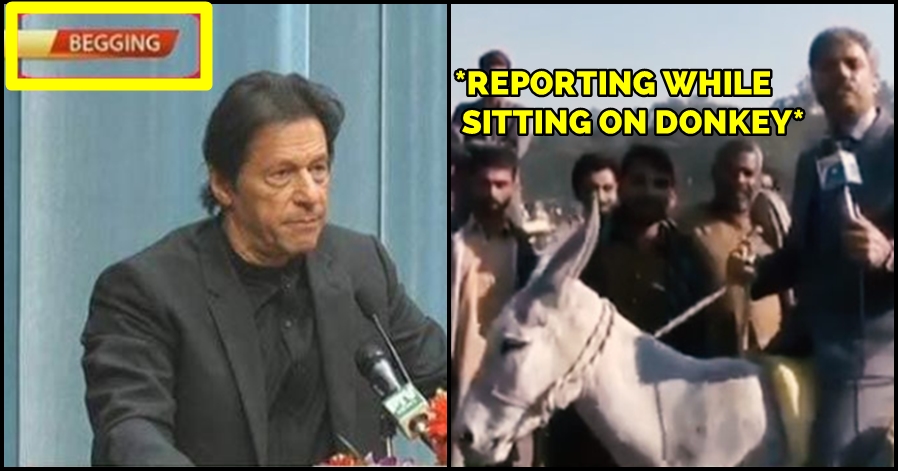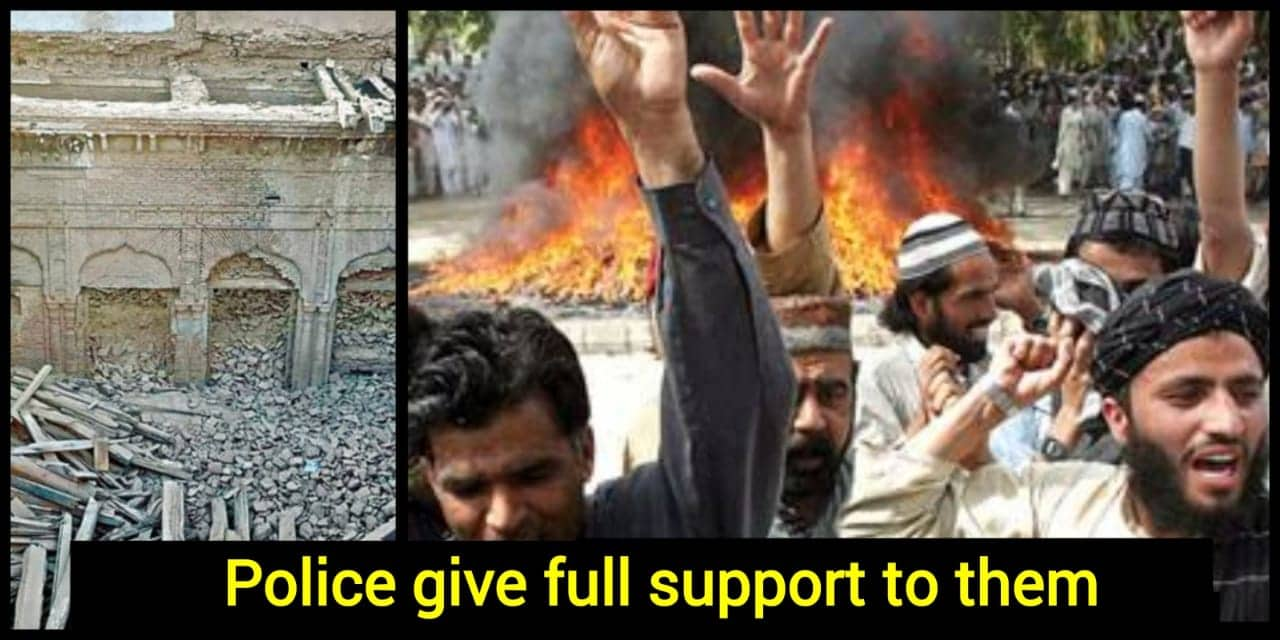No products in the cart.
Bollywood silently working against Hindus & Sikhs- Revealed by IIM professor’s research
As someone who’s not an avid movie goer, Dheeraj Sharma – a professor at the Indian Institute of Management (IIM) Ahmedabad, says he watched the Salman Khan-starrer Bajrangi Bhaijaan after much persuasion. “I was surprised at the director’s treatment of the subject. The majority of Indians were projected as narrow-minded, conservative, and discriminating, whereas a majority of the Pakistanis were shown as open-minded and non-discriminating”, said Dheeraj.
According to him, this prompted him to conduct a factual and data based research, upon whether this is just an exceptional misrepresentation, or is this kind of ‘stereotyping’ common in Bollywood films. This was important as various researches in America and Europe regarding the ‘effect’ of movies on young impressionable minds, have inferred that films significantly influence the behaviour, thoughts and emotions of the viewers.
It has been factually verified that movie scripts and their on – screen presentation increase physiological arousal resulting in a tendency to copy the behaviours of characters, as observed. To put this in Indian context, stereotyping of characters belonging to particular religion or caste, affects the audience’s perception towards that particular religion or caste. Dheeraj says, this interested him to check for stereotyping in Bollywood’s scripts and its presentation.
He says, “Such a study may also assist in understanding the influence of stereotyping, on society’s attitude towards that particular community.” His research team randomly selected 50 films from each decade, from the 1960s, 1970s, 1980s, and 1990s and 2000s and 2010s. “We created a list of movies in those decades and selected 2 to 3 movies per letter to finalise a list of 50 films per decade”, says Dheeraj.

The results were shocking! 58% of the corrupt politicians in films were Hindu ‘brahmins’, 62% of the corrupt businessmen were from the Hindu ‘vaishya’ caste. Not just Hindus, but in around 78% films, women with ‘loose characters’ happened to be Christians. While around 74% films presented Sikh characters as laughable. However, 84% of Muslim characters were shown as strongly religious and honest (even when their character in the movie, was that of a criminal).
Dheeraj’s team also analysed 20 Bollywood films which featured Pakistan. “18 of these presented Pakistani people as welcoming, courteous, open-minded and courageous. On the contrary, the Pakistan government was demonstrated as fundamentalist, unwelcoming, and jingoist. However, in the same movie, Indians were largely projected as narrow-minded, unwelcoming, and conservative”, says Dheeraj.
He adds, that Indian government officials were largely shown as neutral, obstructionist, obsessed with following official process and indecisive in these films. Dheeraj says, stereotyping has increased from 1970s onwards, and the maximum stereotyping has been done in the current and previous decades. Finally, the Bollywood films which featured this religion and caste-wise description, were shown to 150 school students.
“We found that 94% of them, felt that stereotypical representations were authentic.” Dheeraj says, that though he understands that Bollywood films have approximately 180 million viewers in Pakistan, along with several million Pakistanis in West Asia, Europe and America, and Bollywood directors and actors want to ‘appease’ them, but stereotyping is not a good idea. “I am not sure if Bollywood is presenting reality or attempting to create reality,” he says.
According to him, Hollywood films have long been exporting American culture abroad, but Bollywood films do not represent Indian culture appropriately. He says, “We need effective interventions from the government, media houses, and movie makers in presenting a media diet to our youth, as the risks of stereotypicality exposure to children and youth have an influence on their self-esteem and thereby the general self-esteem of the nation.”
Dheeraj says, “Additional longitudinal and scientific studies may be undertaken to further comprehend the psychological processes that underlie stereotypicality, which ultimately could result in more effective interventions.” He signs off by saying that Bajrangi Bhaijaan’s director and producer should have been more sensitive to such fabricated representations. The Youth thanks Professor Dheeraj for conducting such a detailed research.












